When it comes to car design, dashboards play a crucial role in creating a unique driving experience. Over the years, manufacturers have experimented with various dashboard designs, some of which have been incredibly unconventional. This exploration highlights the creativity and innovation that have defied traditional automotive norms.
The Era of Futuristic Concepts
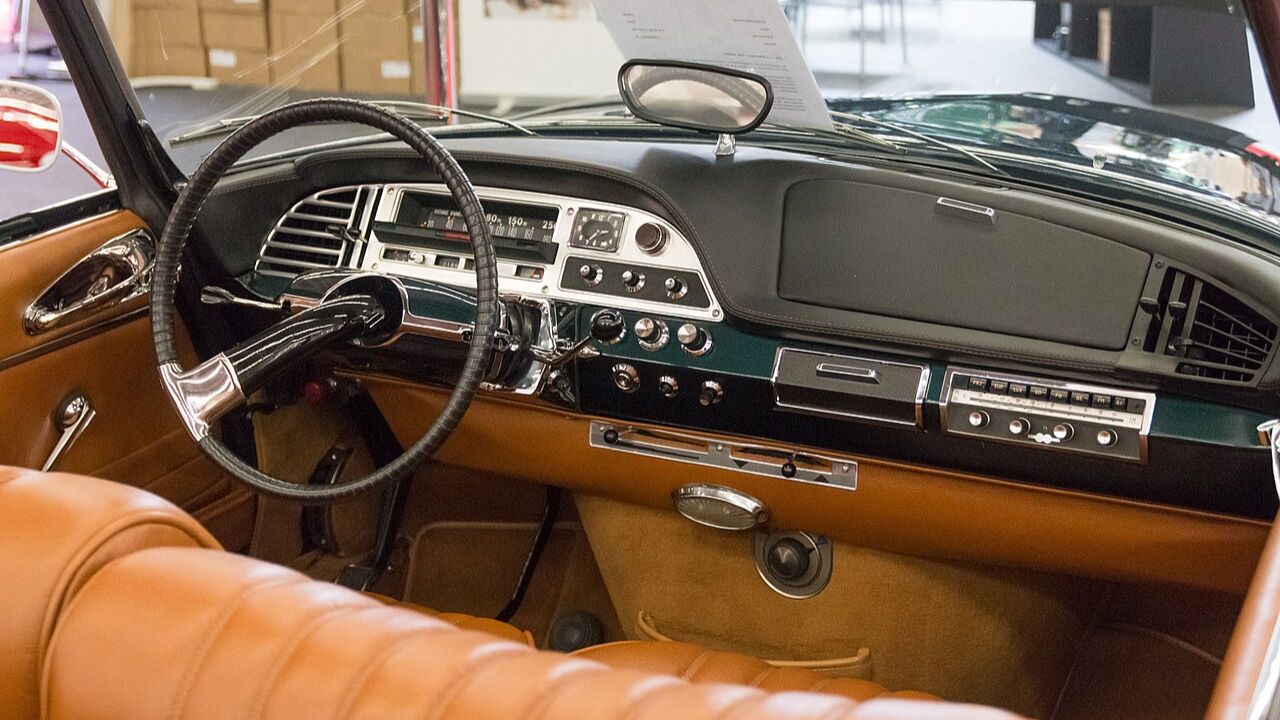
Citroën DS (1955-1975)
The Citroën DS, introduced in 1955, was a groundbreaking model that featured a dashboard design reminiscent of a spaceship. Its futuristic aesthetic was not just for show; it influenced many future models with its innovative approach. One of the most notable features was the single-spoke steering wheel, which was not only a design marvel but also offered ergonomic benefits by providing a clearer view of the instrument panel.
This dashboard was a testament to Citroën’s commitment to pushing boundaries. The layout was driver-centric, with controls and instruments positioned for optimal accessibility. The DS’s design set a precedent for future vehicles, emphasizing the importance of combining functionality with avant-garde style.
Aston Martin Lagonda (1976-1989)
The Aston Martin Lagonda was another pioneer in dashboard innovation, integrating digital displays and touch-sensitive controls long before they became industry standards. This luxury sedan’s dashboard was a bold statement, featuring LED displays that provided a futuristic feel. However, the technology was ahead of its time, leading to challenges in reliability and functionality.
Despite these challenges, the Lagonda’s dashboard was a significant step towards the digital age in automotive design. Its reception was mixed, with some praising its ambition and others critiquing its execution. Nevertheless, it paved the way for future advancements in digital interfaces within the automotive industry.
Minimalism Meets Quirkiness
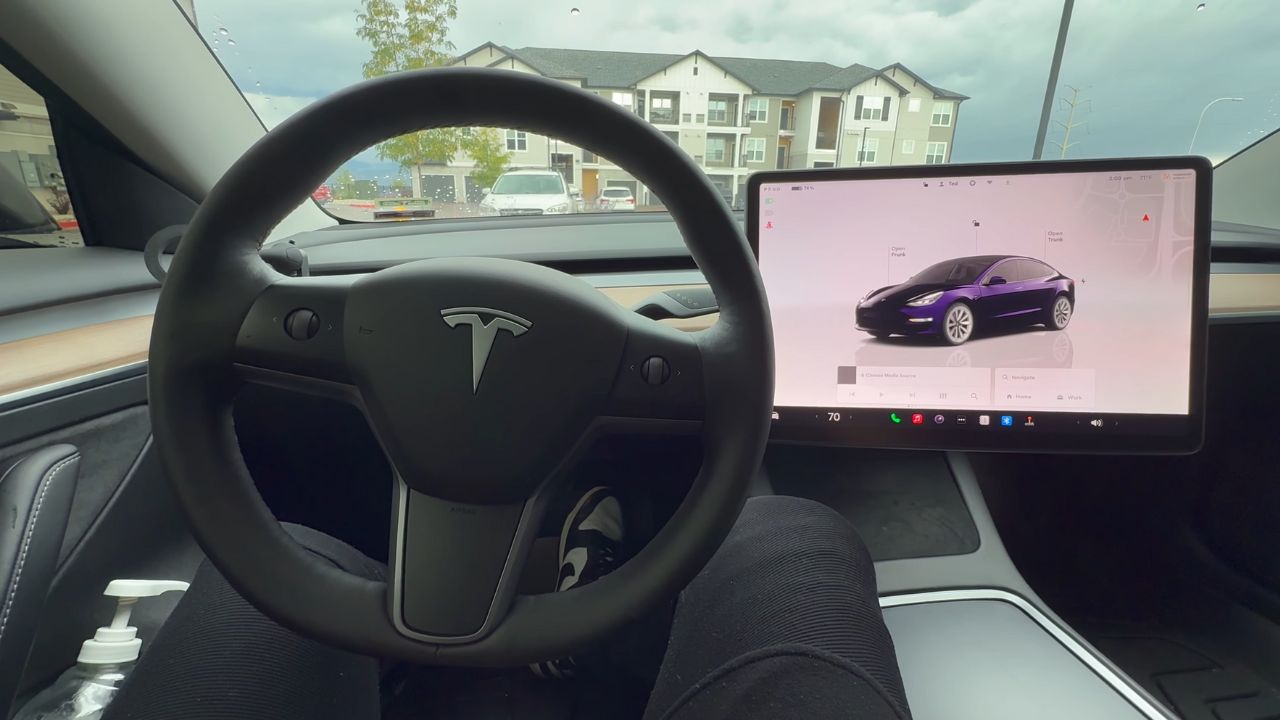
Tesla Model 3 (2017-present)
The Tesla Model 3 revolutionized the concept of minimalism in car interiors with its single touchscreen interface. This approach eliminated the traditional array of buttons and knobs, creating a clean and uncluttered dashboard. The central touchscreen controls nearly all vehicle functions, from navigation to climate control, offering a streamlined user experience.
This minimalist design has influenced industry trends, encouraging other manufacturers to simplify their dashboards. While some drivers appreciate the sleek look and modern functionality, others miss the tactile feedback of physical controls. Nonetheless, the Model 3’s dashboard represents a significant shift towards digital integration in vehicle design.
BMW i3 (2013-2022)
The BMW i3’s dashboard is a unique blend of sustainability and quirkiness, reflecting the vehicle’s eco-friendly ethos. The use of sustainable materials, such as recycled plastics and natural fibers, is complemented by a distinctive layout that sets it apart from conventional designs. The dashboard’s asymmetrical design and floating screen create a sense of openness and innovation.
This design not only supports the i3’s environmental goals but also enhances the driving experience by providing intuitive access to controls and information. The i3’s dashboard is a testament to BMW’s commitment to combining sustainability with cutting-edge design, offering a glimpse into the future of eco-conscious automotive interiors.
Retro Meets Modern: The Blend of Eras
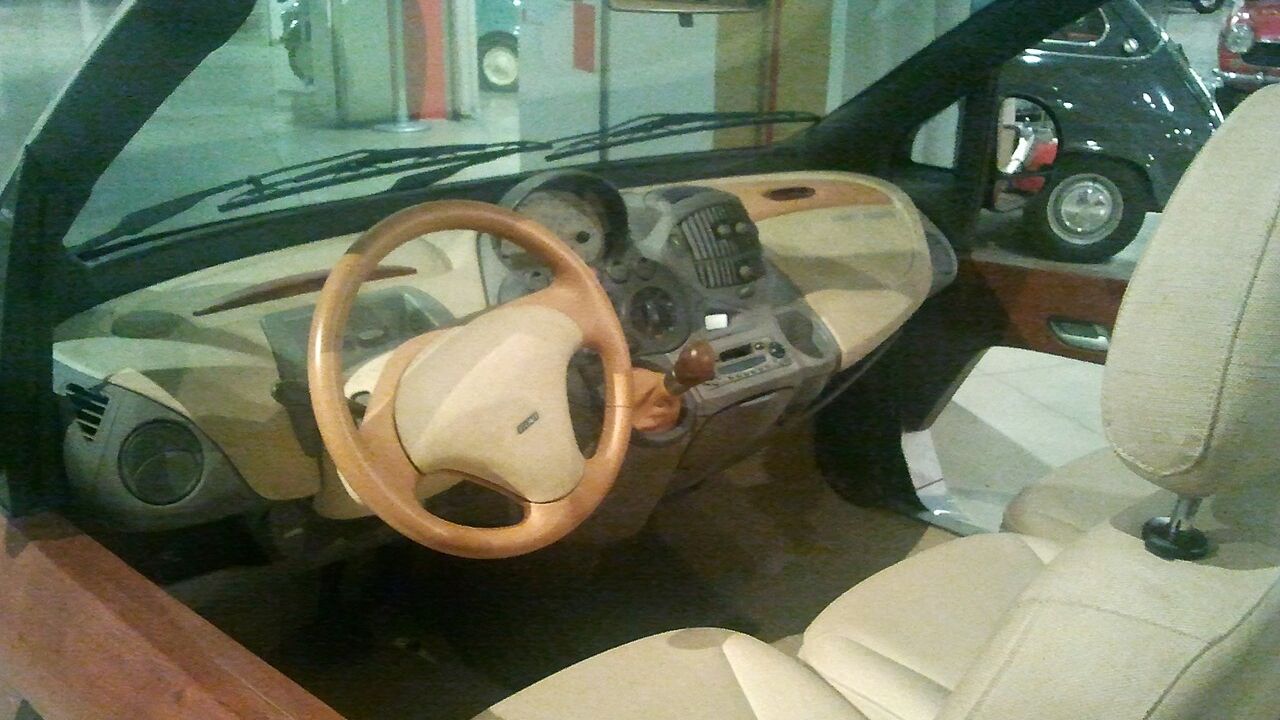
Fiat Multipla (1998-2010)
The Fiat Multipla is often remembered for its unconventional dashboard design, which featured controls and instruments placed in unexpected locations. This peculiar layout was a blend of functionality and oddity, with the gear shift mounted on the dashboard and the instrument cluster positioned centrally. This design choice maximized interior space and provided a unique driving experience.
While the Multipla’s dashboard was polarizing, it demonstrated Fiat’s willingness to challenge traditional design norms. The vehicle’s interior reflected a blend of practicality and eccentricity, appealing to those who valued innovation over convention.
Mini Cooper (2001-present)
The Mini Cooper’s dashboard is a modern homage to its classic predecessor, featuring a central instrument cluster that evokes the original Mini’s design. This retro element is seamlessly integrated with modern technology, offering a balance between nostalgia and contemporary functionality. The large, circular speedometer is a standout feature, providing a focal point for the dashboard.
This blend of retro and modern design elements has contributed to the Mini Cooper’s enduring appeal. By honoring its heritage while embracing new technologies, the Mini Cooper’s dashboard exemplifies how automotive design can evolve while staying true to its roots.
Luxury Meets Unconventional Design
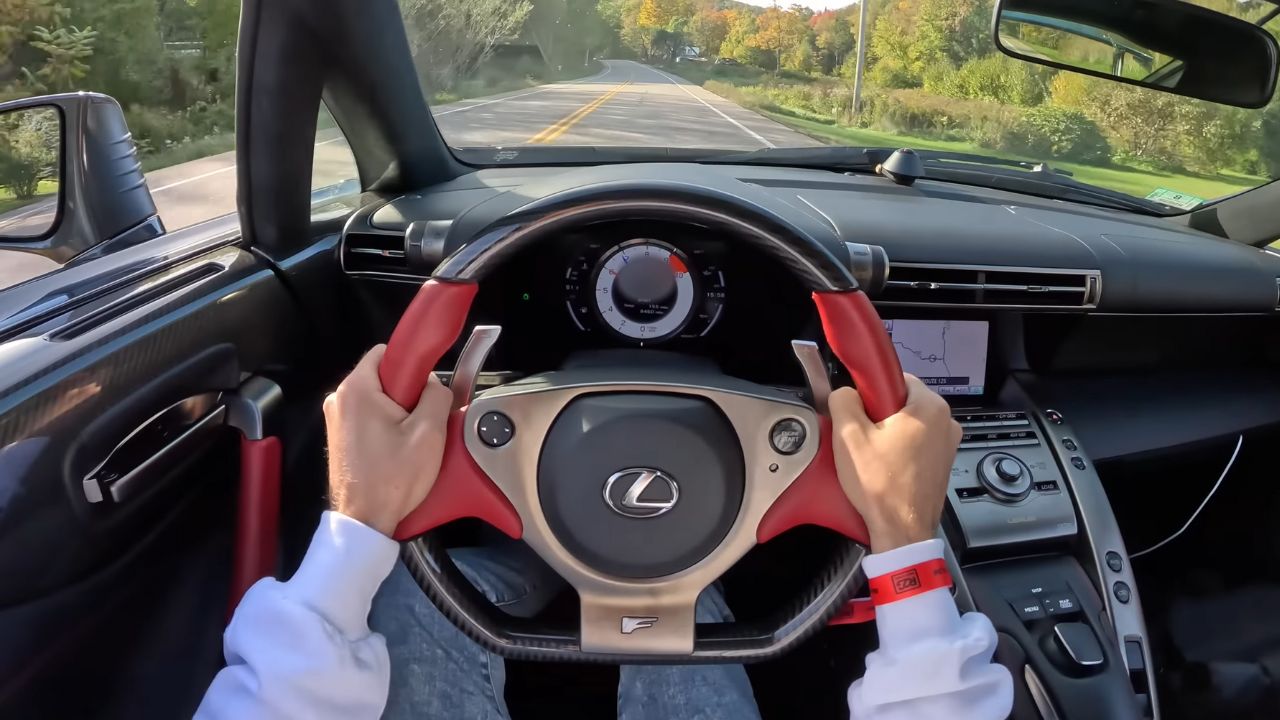
Lexus LFA (2010-2012)
The Lexus LFA’s dashboard is a masterpiece of luxury and innovation, featuring a customizable digital tachometer inspired by a Rolex watch. This high-tech display can change configurations based on driving mode, offering a personalized experience for the driver. The LFA’s dashboard prioritizes driver engagement, with controls and displays designed for intuitive use.
This focus on luxury and performance is evident throughout the LFA’s interior, where every detail is meticulously crafted. The dashboard’s design reflects Lexus’s commitment to providing a driving experience that is both exhilarating and refined, setting a new standard for high-performance vehicles.
Porsche 918 Spyder (2013-2015)
The Porsche 918 Spyder features a futuristic multi-display setup that has influenced the design of supercar dashboards. The combination of digital screens and traditional controls offers a comprehensive view of vehicle performance, allowing drivers to access critical information at a glance. This blend of technology and luxury is a hallmark of Porsche’s design philosophy.
The 918 Spyder’s dashboard exemplifies how high-tech innovation can enhance the driving experience without sacrificing luxury. By integrating advanced displays with a driver-focused layout, Porsche has created a dashboard that is both functional and visually striking, setting a benchmark for future supercars.
The Influence of Technology on Dashboard Design
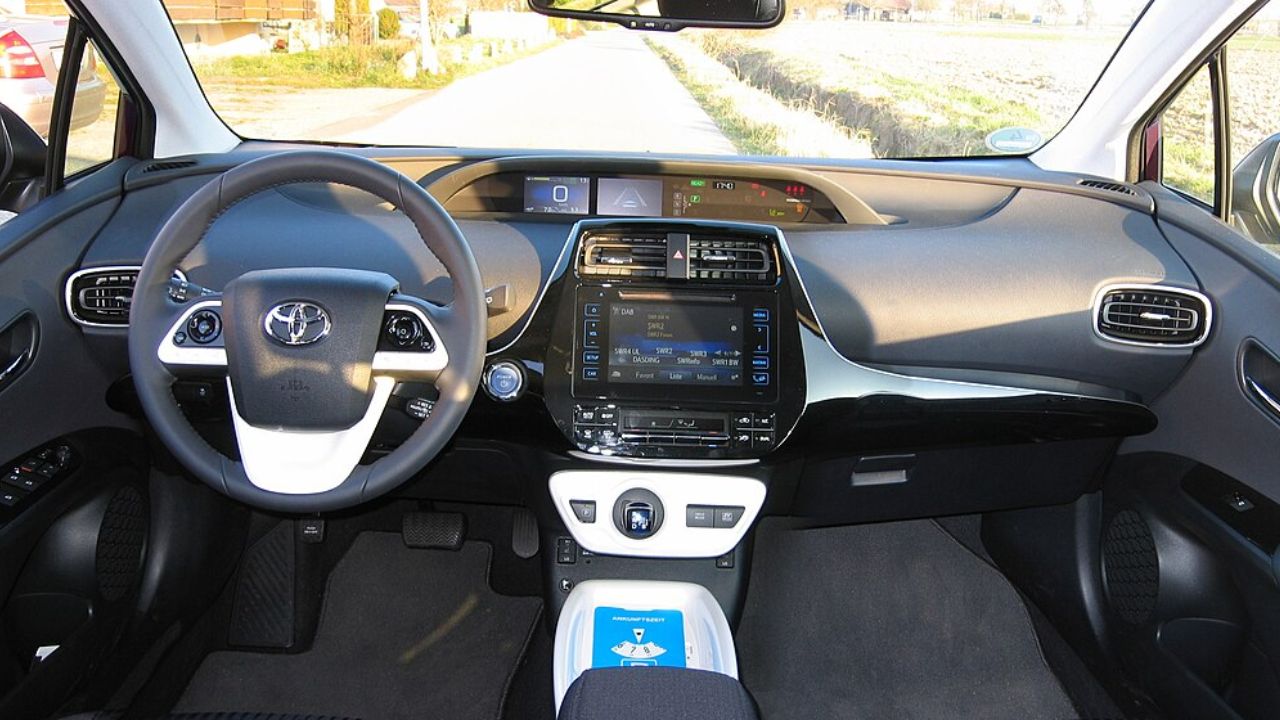
Toyota Prius (2003-present)
The Toyota Prius has been a pioneer in hybrid vehicle design, and its dashboard reflects this innovative spirit. The central information display provides drivers with real-time data on fuel efficiency and energy usage, encouraging eco-friendly driving habits. This focus on information accessibility has influenced the design of hybrid and electric vehicles across the industry.
The Prius’s dashboard design has set trends in the automotive world, emphasizing the importance of integrating technology to enhance driver awareness and efficiency. By prioritizing information accessibility, Toyota has created a dashboard that supports the vehicle’s environmental goals while providing a user-friendly interface.
Honda Civic (8th Generation, 2005-2011)
The 8th Generation Honda Civic introduced a dual-level dashboard that was both innovative and controversial. The upper level featured a digital speedometer, while the lower level housed traditional analog gauges. This design aimed to improve driver visibility and accessibility, offering a unique approach to dashboard layout.
While the dual-level design received mixed reviews, it highlighted the growing influence of digital integration in compact car design. The Civic’s dashboard demonstrated Honda’s commitment to innovation, providing a glimpse into the future of automotive interiors where digital and analog elements coexist.
Like Fast Lane Only’s content? Be sure to follow us.
Here’s more from us:
*Created with AI assistance and editor review.

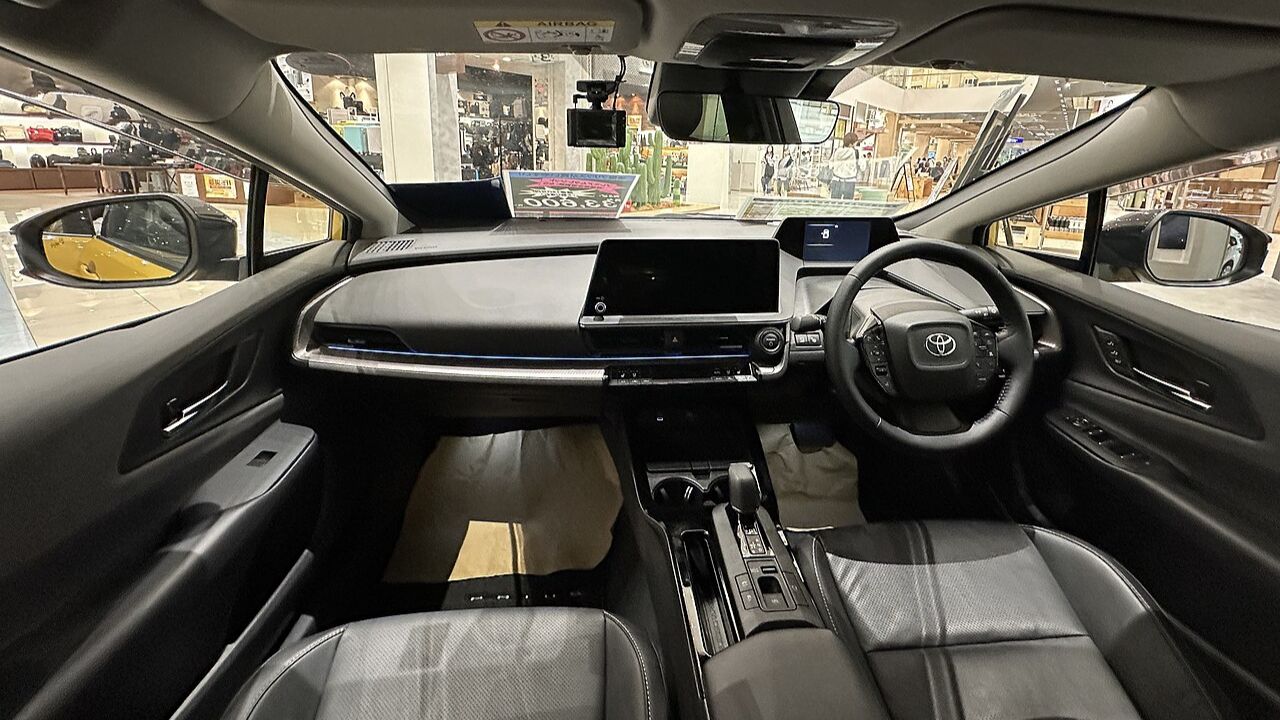
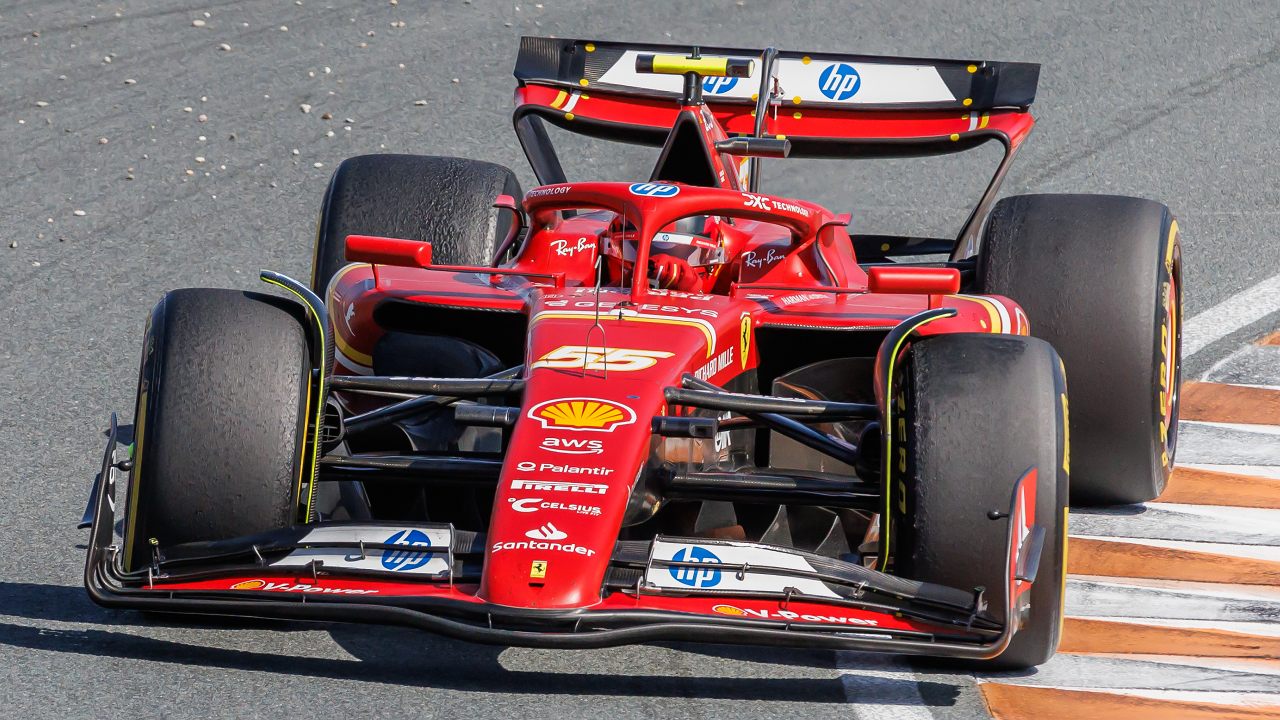
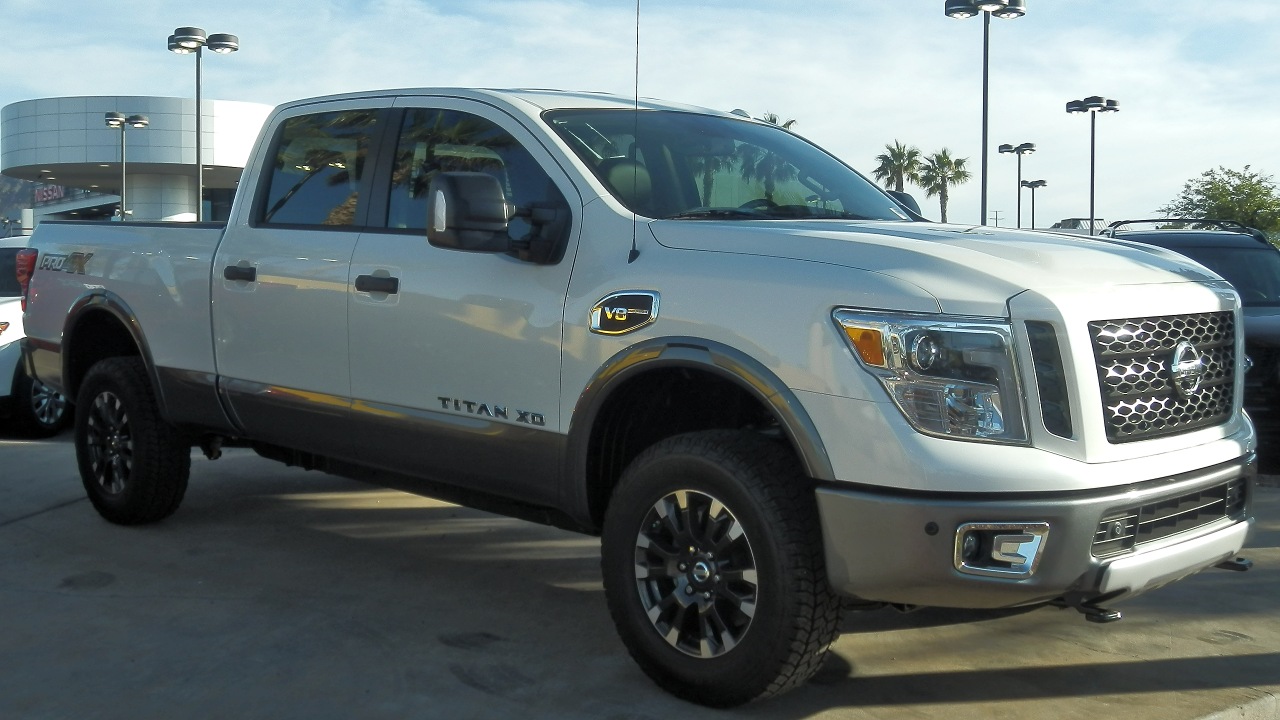
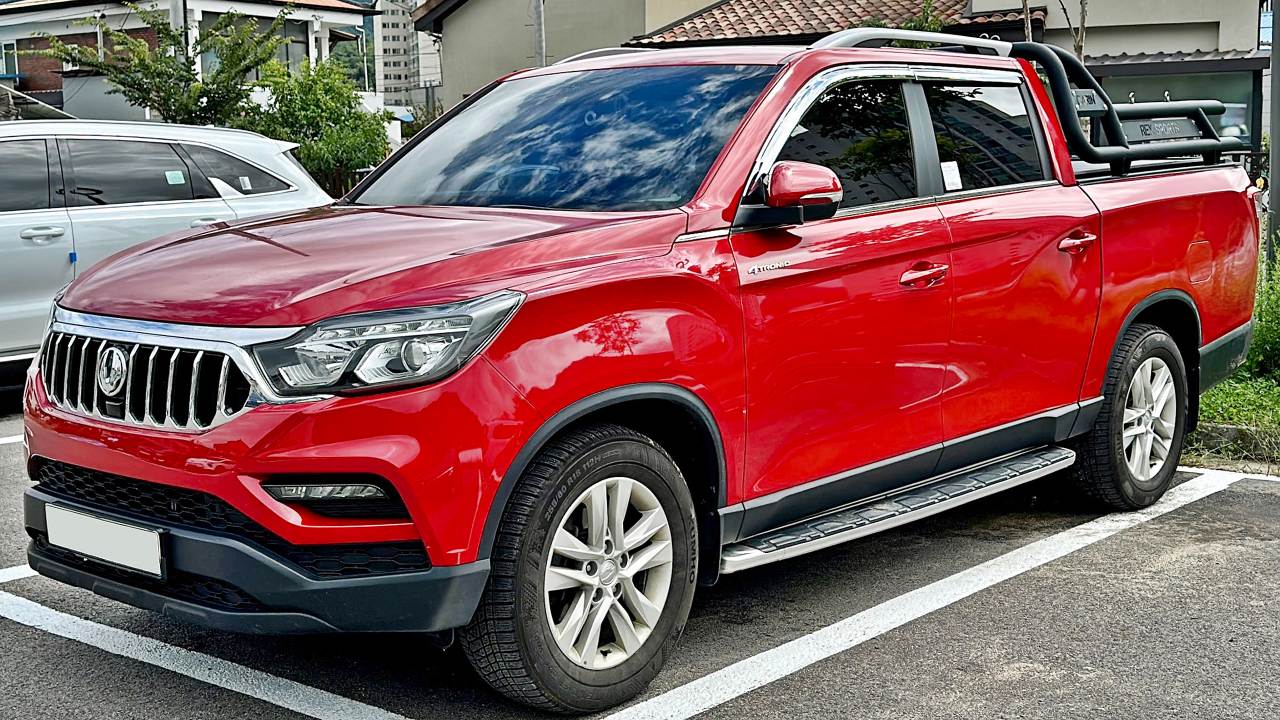
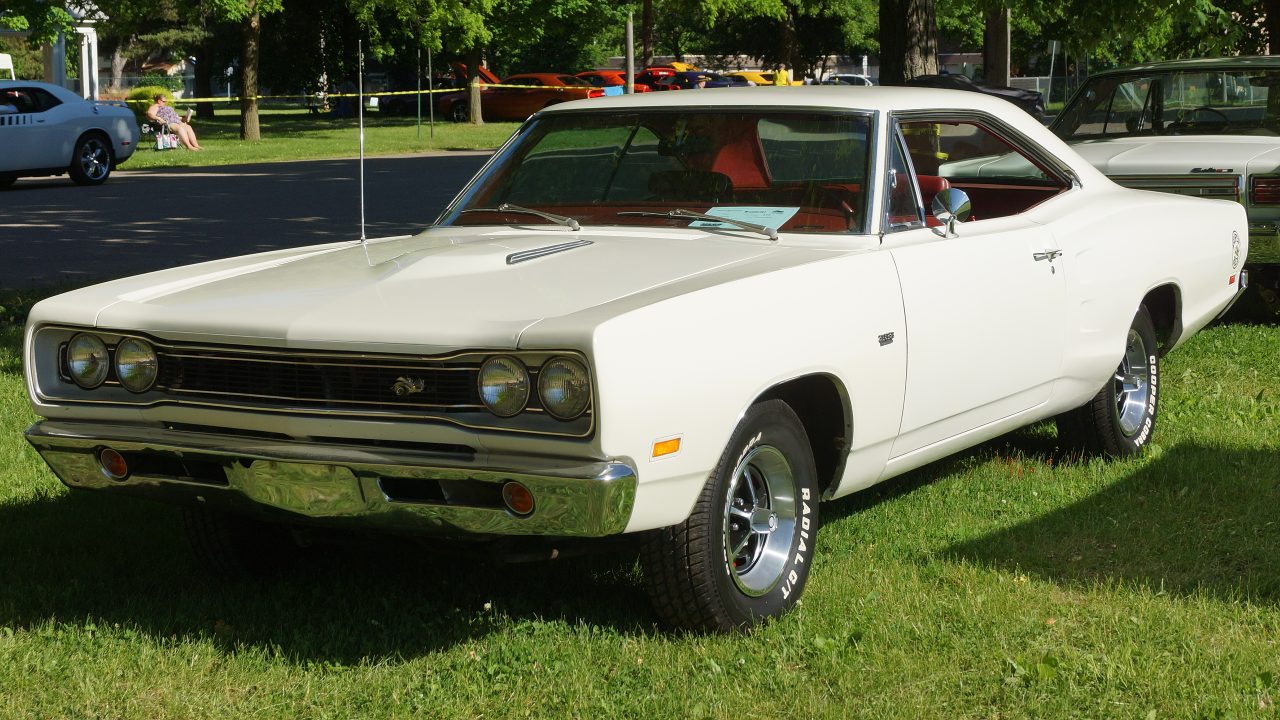
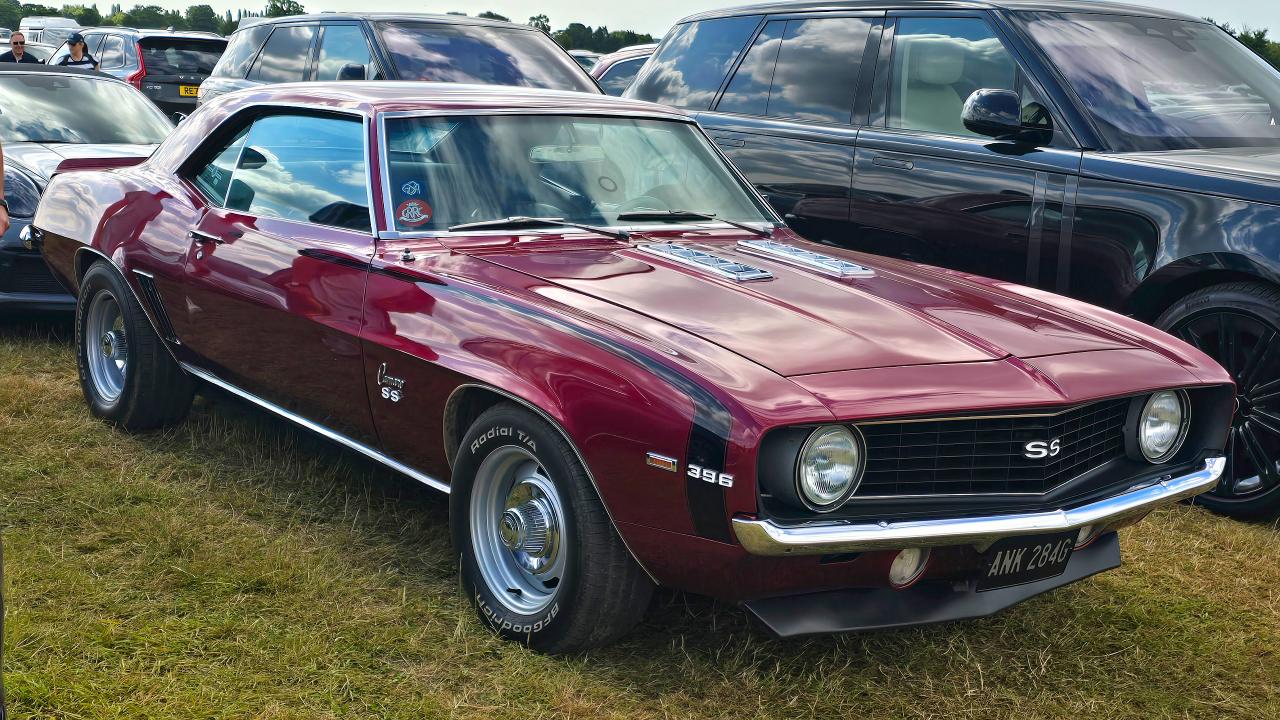
Leave a Reply